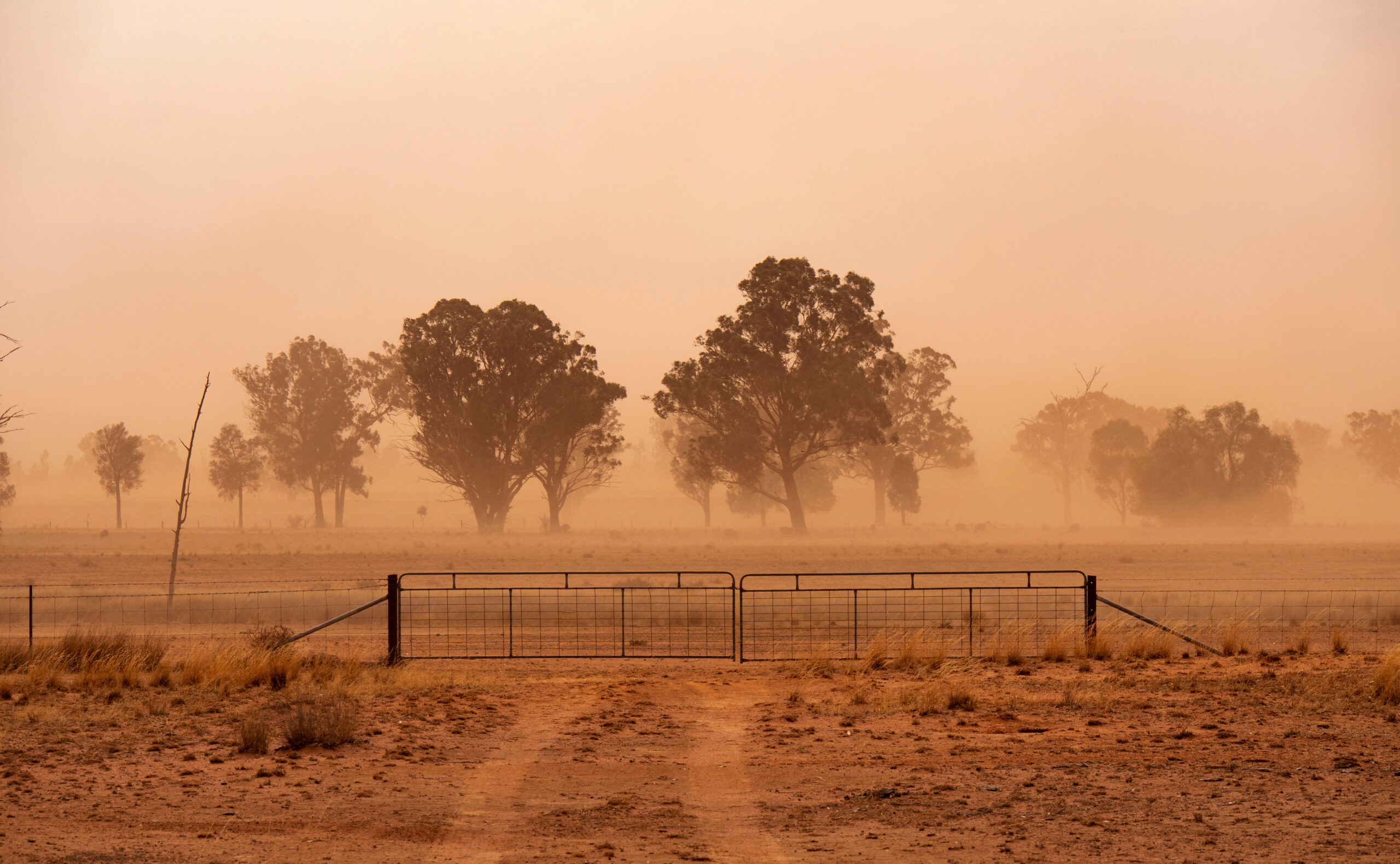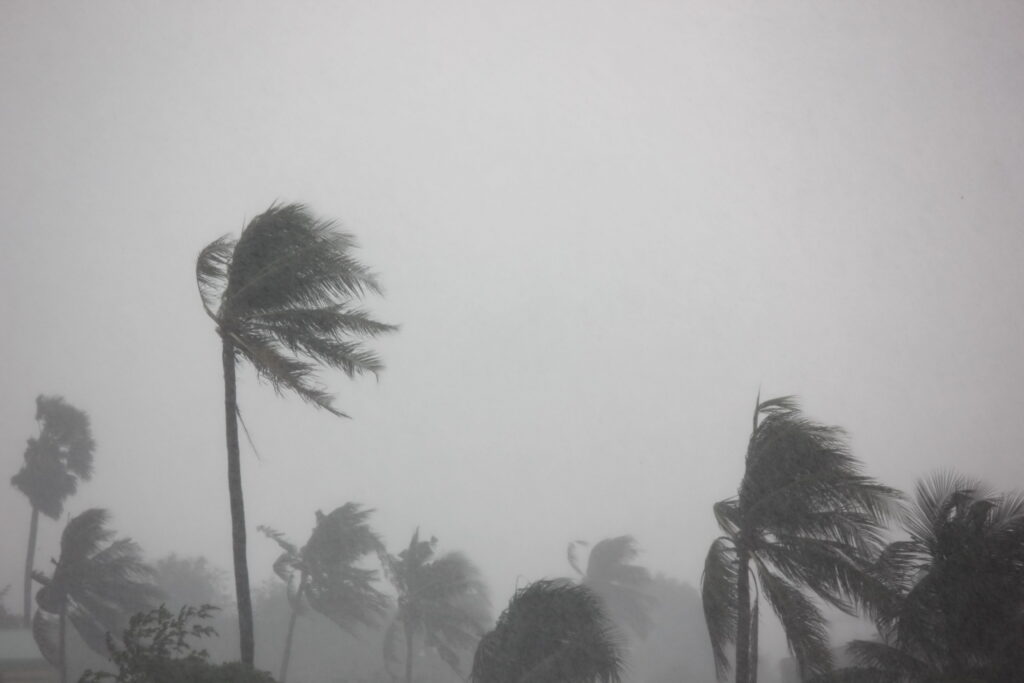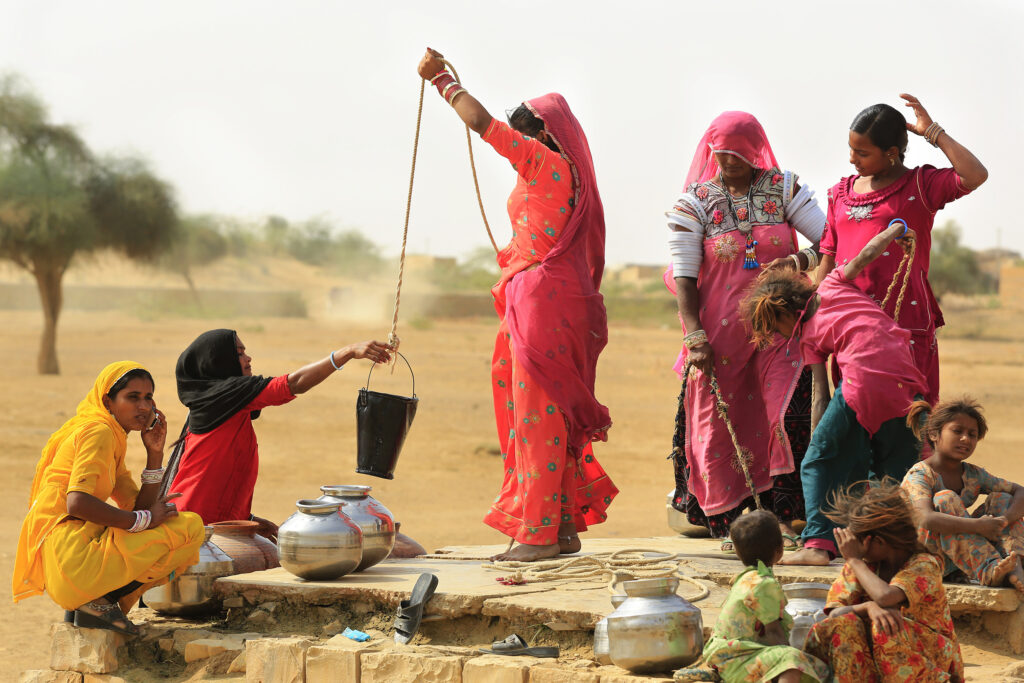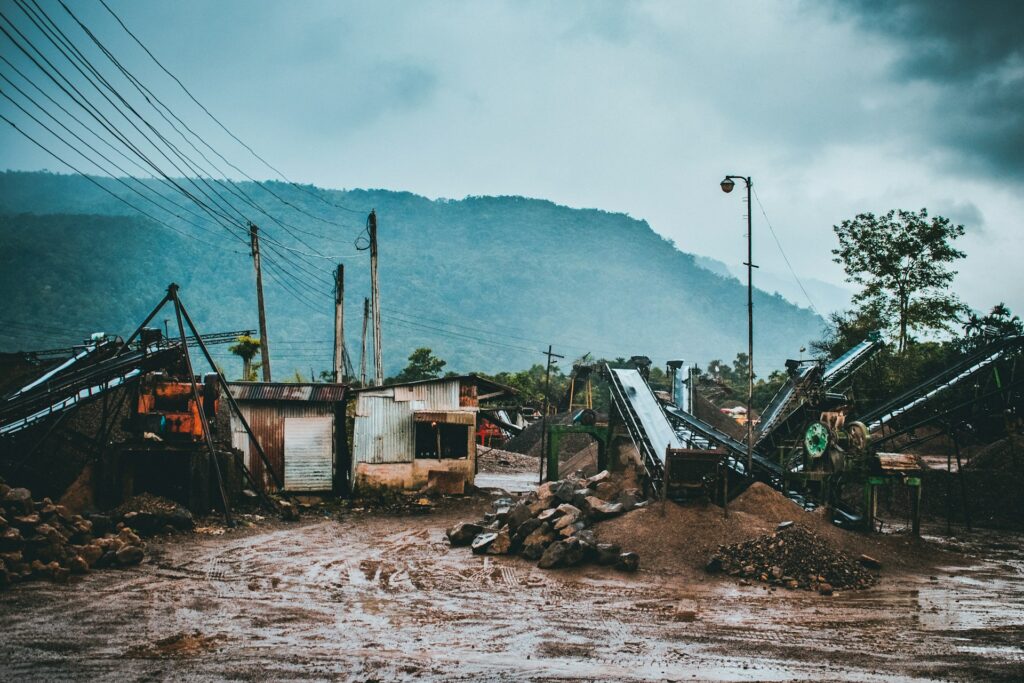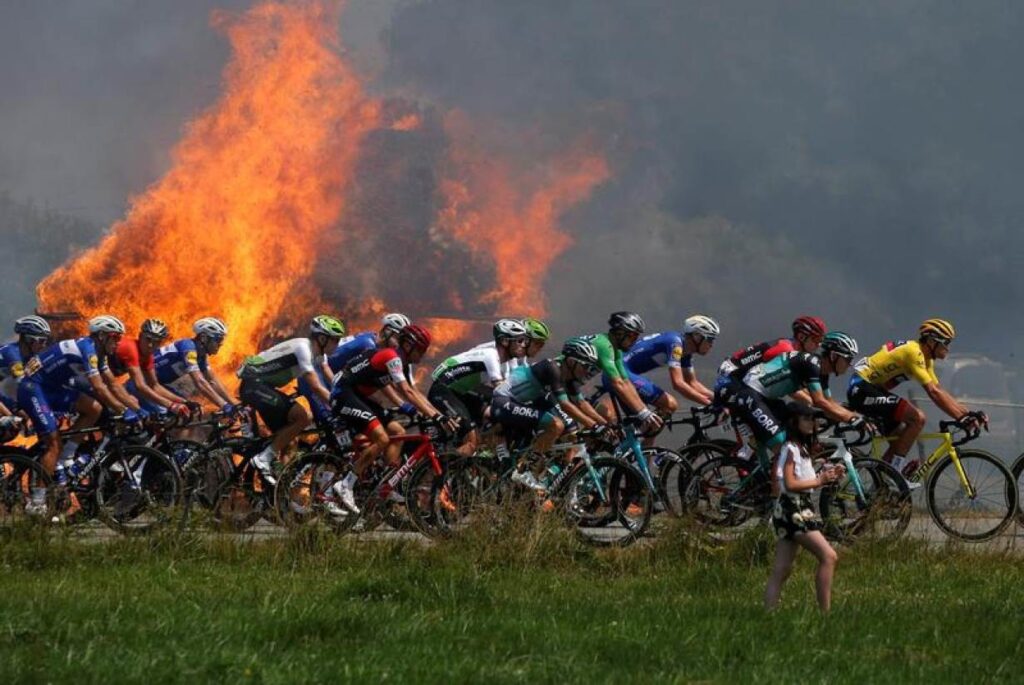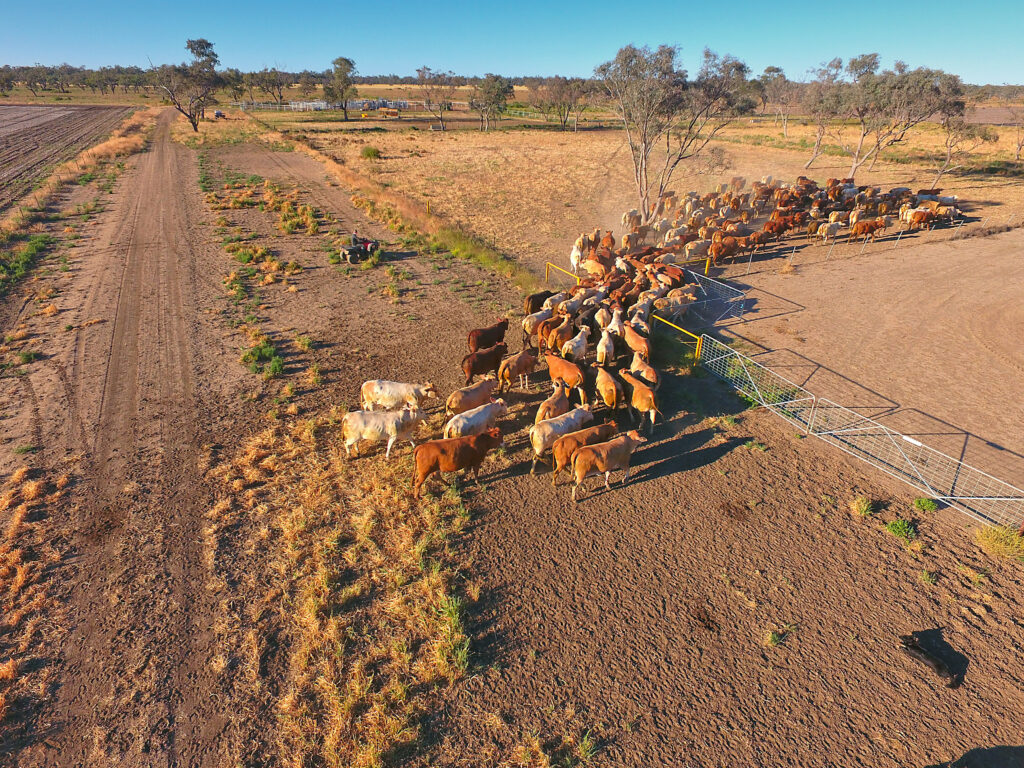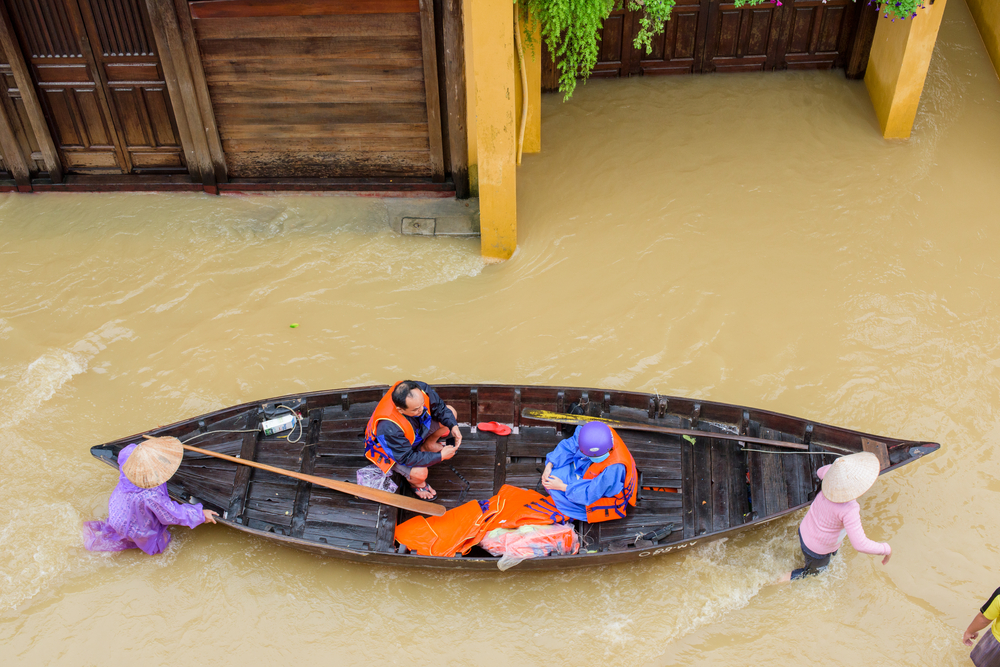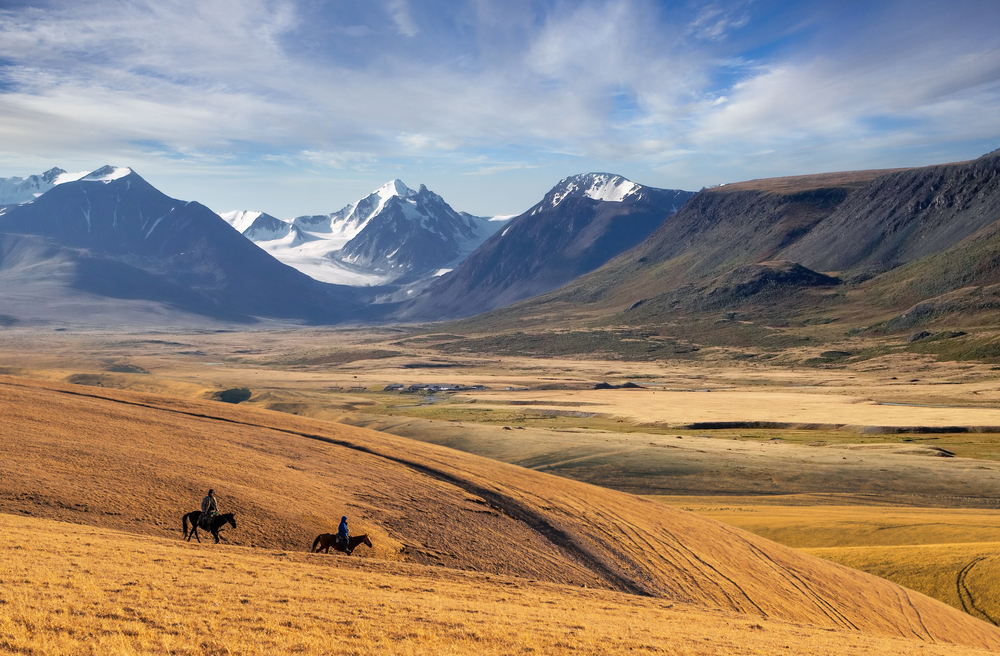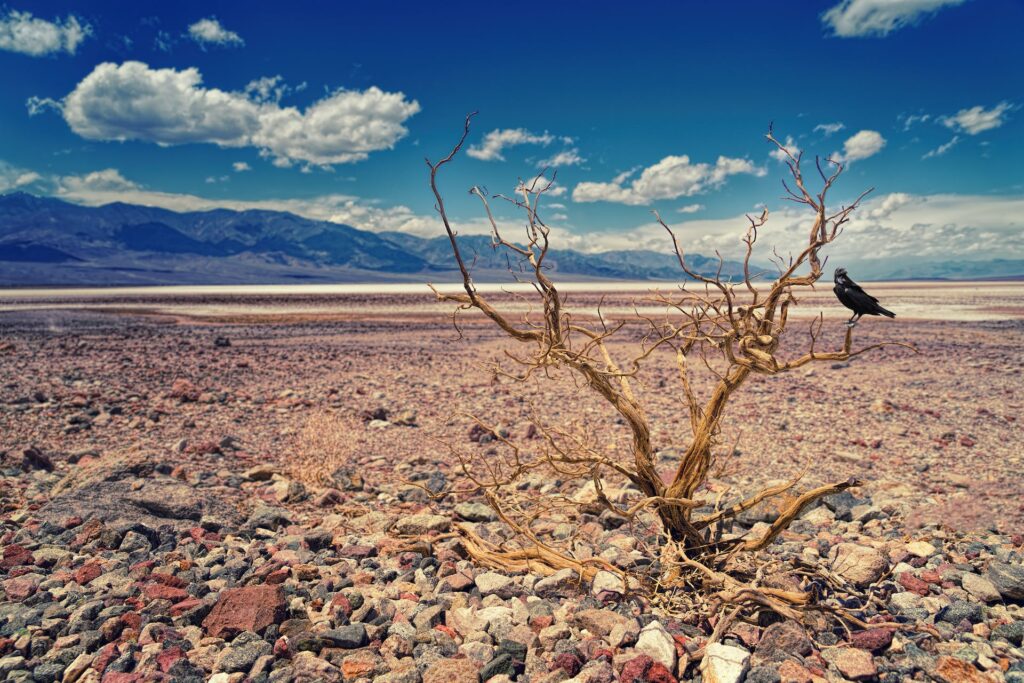The World Meteorological Organisation (WMO) released its annual State of the Climate report this week. The report states that new climate-related records were set across the globe from extreme weather events due to the amount of greenhouse gases (GHGs) in the atmosphere. These extreme events, as chronicled by the report, are already having severe impacts on the planet and people.
“While emissions continue to rise and the climate continues to change, vulnerable populations continue to be gravely impacted by extreme weather and climate events,” wrote Professor Petteri Taalas, the Secretary-General of the WMO.
He cited extreme droughts in East Africa, record-breaking rainfalls in Pakistan and the heatwaves that blew over Europe and China as examples. Taalas noted that events like these “affected tens of millions, drove food insecurity, led to mass migration and cost billions of dollars in loss and damage”.
What Did the WMO Report Say About Extreme Weather Events and Their Connection With Climate Change?
Greenhouse Gas Emissions
The WMO State of the Global Climate 2022 report shows data on climate change causing GHG emissions – carbon dioxide, methane and nitrous oxide. The report said that the amounts found in the Earth’s atmosphere in 2021 reached new highs. Methane levels were 262% higher than pre-industrial times, and they were followed by carbon dioxide and nitrous oxide at 149% and 124%, respectively. All were largely caused by the burning of fossil fuels.
Global Temperature Increases
The report said that 2022 was “either the fifth or sixth warmest year on record”, compared to averages between 1850 to 1900. The ranking, based on six data sets, which combined measurements over land and oceans, differed due to “differences in methods and inaccuracies in input data”, as well as parts of the Earth remaining “sparsely observed”.
Cooler temperatures overall were attributed to the La Niña climate patterns in the Pacific Ocean. However, a shift to El Niño and warmer temperatures is expected later in 2023, leading some to speculate that records will tumble.
The overall warming, according to the report, had knock-on effects across the planet. This included a doubling of sea level rise, marine heatwaves, record losses of ice from the north and south poles and mountainous regions, decreasing snow cover in the Northern Hemisphere and melting permafrost. The report stated that “no areas experienced record-low annual temperatures in 2022”.
However, no impact more so than extreme weather events illustrates the human impacts of global warming for the tens of millions affected. Data sets and indications of warming hardly tell the full story of what a warmer future would look like, having a “wide range of impacts on human and natural systems”. And in 2022, there was no shortage of catastrophic events that shook the globe.
Asia Crippled by Extreme Heat Waves and Droughts
China was the exemplar of the cascading impacts of heatwaves and drought. The WMO report said that China faced its most extensive heatwave since record-keeping began. In concert, the country had its second-driest summer on record. For example, the Yangtze River, which supports some 400 million people, reached its lowest level ever recorded in August 2022. This led to extreme power cuts due to a lack of hydroelectricity, leading to global supply chain issues for companies like Tesla, Toyota and Foxconn that had to shut down temporarily.
Across the Himalayas, heatwaves rippled through India during the pre-monsoon period of 2022. In a similar fashion to China, India had its hottest March since record-keeping began 122 years ago. By April 2022, it was reported that 70% of India was affected by excessive heat. The crippling temperatures caused deaths, hospitalisations, lost wages, cancellation of classes in schools and power cuts. However, India’s agriculture sector was arguably hit hardest, with the WMO report citing crop yields seeing 10-35% decreases.
This, said the report, “threatened the availability, access to and stability of staple foods within international food markets and posed high risks to countries already affected by shortages of staple foods”.
In 2023, the trends of record-breaking heatwaves continued across India and Asia as a whole. Maximiliano Herrera, a climatologist and weather historian, described the weather event as the “worst April heatwave in Asian history”.
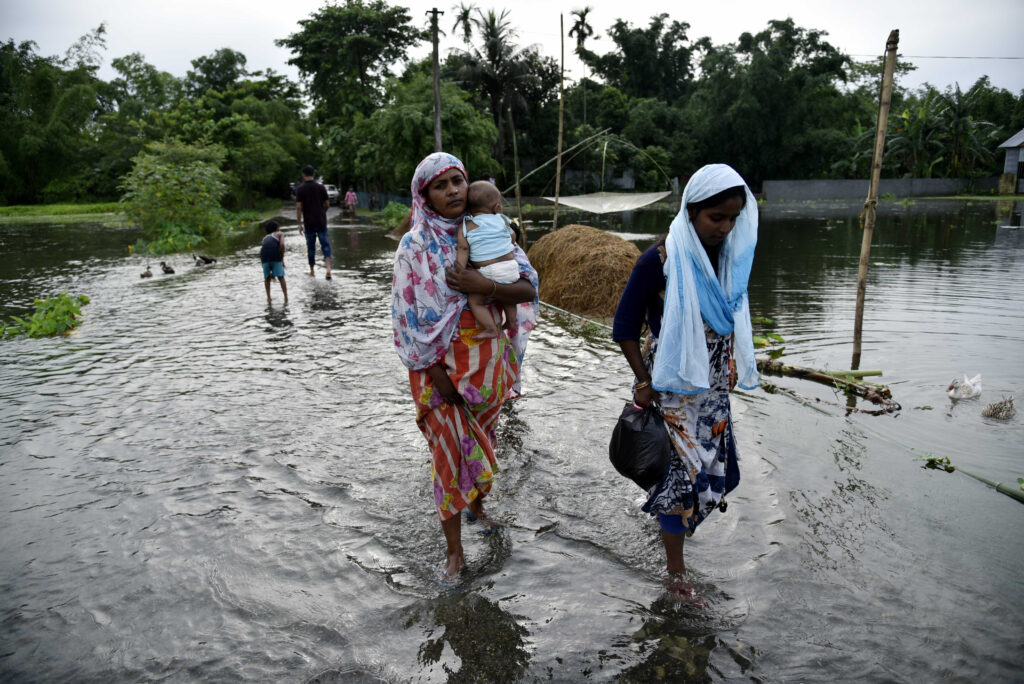
Extreme Flooding from Asia to Oceania
Perhaps no event in 2022 was quite as catastrophic as the floods that levelled Pakistan. The WMO report cited that extreme rainfall in July and August was 181% and 243% above normal. With devastating effect, the downpour led to over 33 million people becoming affected, with 1,700 deaths. Economically, losses and damages exceeded USD 30 billion. Pakistan’s climate minister called the event a “climate-induced humanitarian disaster of epic proportions”.
Along with severe devastation to Pakistan’s agricultural sector and infrastructure, the floods led to around 8 million people becoming internally displaced and seeking refuge. The WMO report noted that some 585,000 sought shelter in relief sites. Internal displacement also occurred in Bangladesh, where flooding triggered millions to flee in desperation after the country was affected by the worst flood in decades.
In Australia, areas across state borders experienced huge downpours. The WMO report cited that the worst flooding was south of Brisbane, with river heights breaking previous records. The WMO report noted that, collectively, insured losses were near USD 4 billion, with the figure likely to be higher if uninsured damages were to be included.
“What we’re really seeing is an increase in extremes, in the frequency of extremes and perhaps in the duration of those extremes,” said Professor Janette Lindesay, a climatologist at Australian National University, about Australia’s 2022 floods. “So, dry gets drier and wet is getting wetter when it does happen. That’s directly attributable to global heating.”
Flooding continued across Oceania in 2023, with New Zealand being hit by Cyclone Gabrielle – affecting thousands. Prime Minister Chris Hipkins dubbed it the “most significant weather event New Zealand has seen in this century”.
The Silver Lining in Extreme Weather Events
While the WMO State of the Global Climate 2022 report is a worrying illustration of the planet’s health, the report suggests there are silver linings. It says that the collaboration between UN agencies in response to climate disasters is effective, “especially in reducing associated morality and economic losses”.
However, this is hardly a consolation for those affected by climate change’s impacts, which will continue to grow in severity if GHG emissions continue to soar year-on-year, as the WMO report shows. Without a reduction in overall emissions and collaboration between countries, not just UN organisations, State of the Climate demonstrates that impacts will only grow.
Ashley Crowther
Writer, Australia
Ashley has reported on and photographed key stories on climate change, social development and other issues throughout Asia for nearly a decade. His work has been commissioned and appeared in publications such as the Financial Times, Vice, Marie Claire, The Guardian and more, and NGOs including the UN Foundation. He is the author and lead photographer in Our Dark Materials: Black Carbon & the Himalayas and was part of the team that won The Society of Publishers in Asia (SOPA) award for Excellence in Human Rights Reporting in 2022.
Ashley has reported on and photographed key stories on climate change, social development and other issues throughout Asia for nearly a decade. His work has been commissioned and appeared in publications such as the Financial Times, Vice, Marie Claire, The Guardian and more, and NGOs including the UN Foundation. He is the author and lead photographer in Our Dark Materials: Black Carbon & the Himalayas and was part of the team that won The Society of Publishers in Asia (SOPA) award for Excellence in Human Rights Reporting in 2022.

